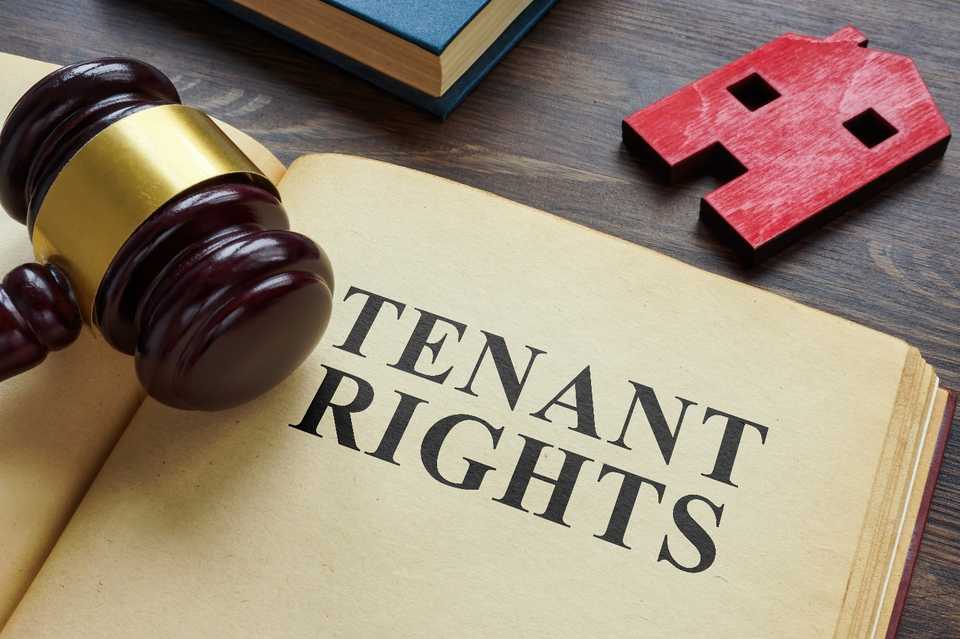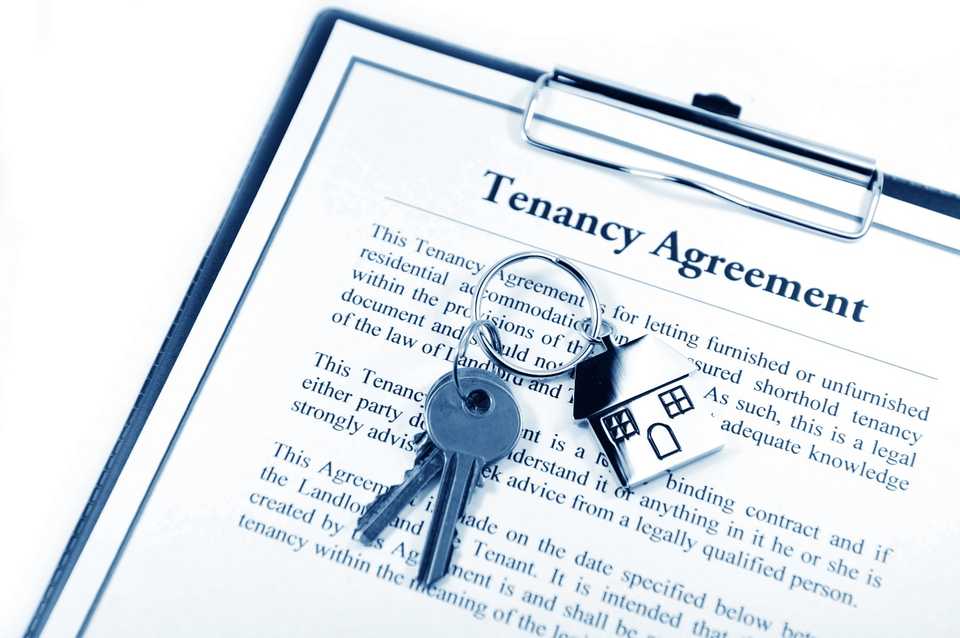

Whether it is your first time to become a tenant or not, it is important to know the new rules of tenancy. This measure aims to protect landlords and tenants from future disputes and ensure their rights are protected.
Beginning on April 30, 2018, a standard lease is required for the majority of residential tenancy agreements.

An updated standard lease form for tenancy agreements signed on or after March 2021 must be used for tenancy agreements and is available in English, French, and multiple other languages.
The standard lease is just a contract between a landlord and tenant. The goal is to ensure both parties comply with the Residential Tenancies Act 2006 for all residential tenancies in the province.
Make sure that your lease is legal and binding by knowing everything you need regarding Ontario residential lease agreement.
You can also consult experienced landlord and tenant lawyers near you for legal advice. Fill out the free form on this page to connect with competent lawyers in your area, free of charge.
Written tenancy agreements define the terms and conditions of the tenancy. This document indicates who the landlord and tenant are, the rental unit details, cost of rent and due date, and what provisions are included in the rental unit.

Landlords in Ontario are not required to have a written tenancy agreement. But new leases starting on April 30, 2018 must use the Standard Form of Lease from the Ministry of Housing.
If a landlord fails to provide any tenant with the required lease form, the said tenant is allowed to withhold 1 month rent and give 60 days’ notice for early termination of their tenancy.
The Standard Form of Lease applies to:
• Single and semi-detached homes• Apartment buildings• Condominiums• Secondary units such as basement apartments
The Standard Lease form indicates the following important details:
More information regarding the rights and responsibilities of both landlords and tenants are included as an appendix of the standard lease.

The Residential Tenancies Act guarantees key rights for tenants as follows:
A landlord is required to provide a safe and clean unit that is in good condition. Safety and health issues must be promptly addressed.
A landlord must give tenants information about their tenancy including the legal name and address of the landlord for communication. He must also give a copy of the signed lease and other notices.
Any rent increase must comply with the guidelines from the provincial government. Guidelines are usually announced yearly and indicate the maximum rent increase by landlords.
A tenant can be evicted only for specific reasons provided by law such as the non-payment of rent, breach of the terms of the lease, and if the landlord needs the unit for personal reasons. Legal procedures for eviction or early termination established by the Landlord and Tenant Board must be followed.
A tenant is entitled to get proper notice if a landlord plans to end the tenancy. The required period for giving notice depends on the reason for the eviction.
A tenant can dispute a rent increase if more than the allowed percentage or to challenge an unfair eviction. The LTB handles disputes in these matters.
A tenant can sublet or assign the unit under certain conditions and with the landlord’s approval. A landlord cannot withhold consent without good reason.
The Ontario Human Rights Code does not allow any form of discrimination against tenants based on religion, gender, race, etc.
A landlord must give proper notice for matters such as repairs, change in rental terms, or entering the unit.
The security deposit can only be collected for the last month’s rental and must be kept in a separate account. It cannot be used for payment of damages or repairs without proper documentation.
A landlord is responsible for the repairs and maintenance of the unit. A tenant can request repairs which the landlord must act upon promptly.
These rights are defined in the Residential Tenancy Act. If you have problems with your tenancy, consult the right legal professional to protect your rights and interests.
Find a landlord and tenant lawyer if your rights as a tenant have been violated.
Just fill out the short online form on this page, free of charge.
If a landlord entered into a written lease agreement from April 30, 2018 and failed to use the prescribed form of lease, there are certain consequences.
A tenant who has made a written request and not provided one can withhold one month’s rent but must continue paying monthly rent until the end of the tenancy. The tenant can also choose to end the tenancy early by giving 60 days’ notice to the landlord.
If the tenant withholds one month’s rent, the landlord is given 30 days to give the Standard Lease Form. If he fails to do so, the tenant is not required to pay the rent for that month.
Landlords in the province are not required by law to have a written tenancy agreement . But landlords who enter into a written residential tenancy agreement on or after April 30, 2018 must use the Residential Tenancy Agreement (Standard Form of Lease).

Verbal contracts can still be legally binding but all landlords and tenants are highly encouraged to have written agreements for their mutual protection.
It is important to note that the standard lease requirement does not apply to land lease communities, social and supportive housing, mobile home parks, care homes, and co-operative housing.
Fixed-term agreements for tenancy can be automatically renewed at the end of the term. A new agreement is not required if no changes to the contract are made.
Can a tenant ask for the Standard Lease Form if the lease agreement was signed before April 30, 2018?
If the lease is renewed on a month-to-month basis, the tenant cannot require the standard lease form. For tenancies that continue under the same terms and conditions in the agreement, the standard lease form is not mandatory.
However, both parties can enter into another written fixed-term tenancy agreement using the Standard Lease Form.
Do you have questions or issues about your residential lease? Get help from a tenant lawyer to get answers and resolve housing disputes. Find your lawyer using our short online form on this page with no obligation.
Not all tenancy situations in Ontario have a happy ending . Landlord and tenant disputes are common and can be caused by many issues such as payment of rent, increases, guests, noise, maintenance issues, etc.
Thus, it is not surprising that the question of terminating a tenancy agreement will arise, either on the part of the landlord or the tenant. If both parties mutually agree to end the tenancy either during the term or at the end of the term, they are allowed to do so.
If the landlord is not agreeable to end the tenancy during the term , the tenant can give notice to the landlord about moving out at the end of the tenancy.
What if a tenant changes his mind about terminating the lease agreement? If this happens, the parties must enter into a new tenancy agreement. If the landlord and tenant don’t agree on a new lease, the landlord has the right to apply for eviction even without giving notice to the tenant.
Find out more about ending a tenant lease in Ontario to avoid legal issues.
Are you looking for a house to rent? Signing a residential lease can cause anxiety. You need to be sure that you are getting a good deal by way of fair terms and that your rights are protected.
Don’t rely on a guess and sign a lease confidently with help from a tenant lawyer in Ontario . A lawyer can review the contract to ensure it complies with legal standards.

Landlords in Ontario use a standard lease form but may include additional terms that your landlord will ask you to agree on. It is important to read the lease carefully before you sign.
Negotiating a Residential Lease
Landlords consider the lease as a business and want it to be profitable in the long term. You can negotiate the terms and conditions with the help of a tenant lawyer.
Experienced lawyers can review the contract, negotiate the lease, and resolve a dispute for your protection and peace of mind. Compare tenant lawyers in your area by filling out the short online form on this page, free of charge.